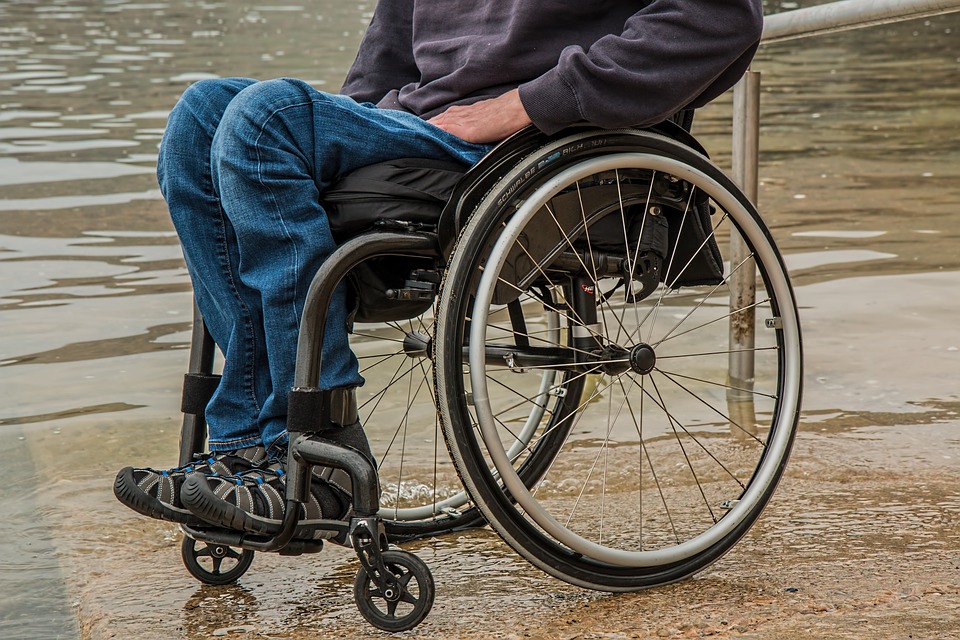Health Benefits
Using Ultrasound Technology to Provide Improved Mobility
Every year there are more than 17,000 spinal cord injuries. These injuries come with various levels of recovery ranging from weaken mobility, less muscle strength, minimal levels of control over their limbs and in the worst scenarios, the complete loss of mobility or muscle control. In spinal cord injuries a common approach is to use neuro-rehabilitation using robotic or electrical stimulation (also known as electromyography) to help a person regain movement.
But recent study has found that it is difficult to correctly determine how much voluntary muscle function an individual actually has – especially through just using electromyography. As a result, approaches such as robotics or electrical stimulation can be applied incorrectly and can cause the individual to have trouble recovering.
It is these setbacks in improvement after a spinal injury that has caused Dr. Nitin Sharma of the research department at the Swanson School of Engineering (Pittsburg, PA) to look for ways to make the healing process more effective. Dr. Sharma has begun using ultrasound imaging to develop a more precise interface between an individual’s muscles and their exoskeletons.
Dr. Sharma contended that electromyography is focused more on an entire muscle group, rather than measuring a specific range of motions or individual muscles activity. Consequently, electromyography is best used when working with large muscle groups. However, using ultrasound reduces the interference caused by surrounding muscle groups so that doctors and therapists can identify, monitor and control the specific muscle activity of individual muscle fibers.
Specific study has been focused on the human ankle due to its range of complex motions and its importance in helping one walk or stand. Ultrasound will be used to provide images of the movements an individual has, thus making it possible to place electrodes at the precise place help is needed. The thought is to provide a wearable ultrasound-based exoskeleton that allows doctors and physical therapist the ability to better track and control movement so that individuals with incomplete spinal cord damage can walk sooner, have better balance, and be able to better control their gate and balance.
As providers of ultrasound equipment, we are always happy to hear about new advancements in medicine and ultrasound. In an age where medical science is constantly advancing, it is important to always have an office that is up to date. If you are ready to upgrade the ultrasound equipment in your office, give our team a call. We would love to help you determine what ultrasound equipment will be best for your needs.

